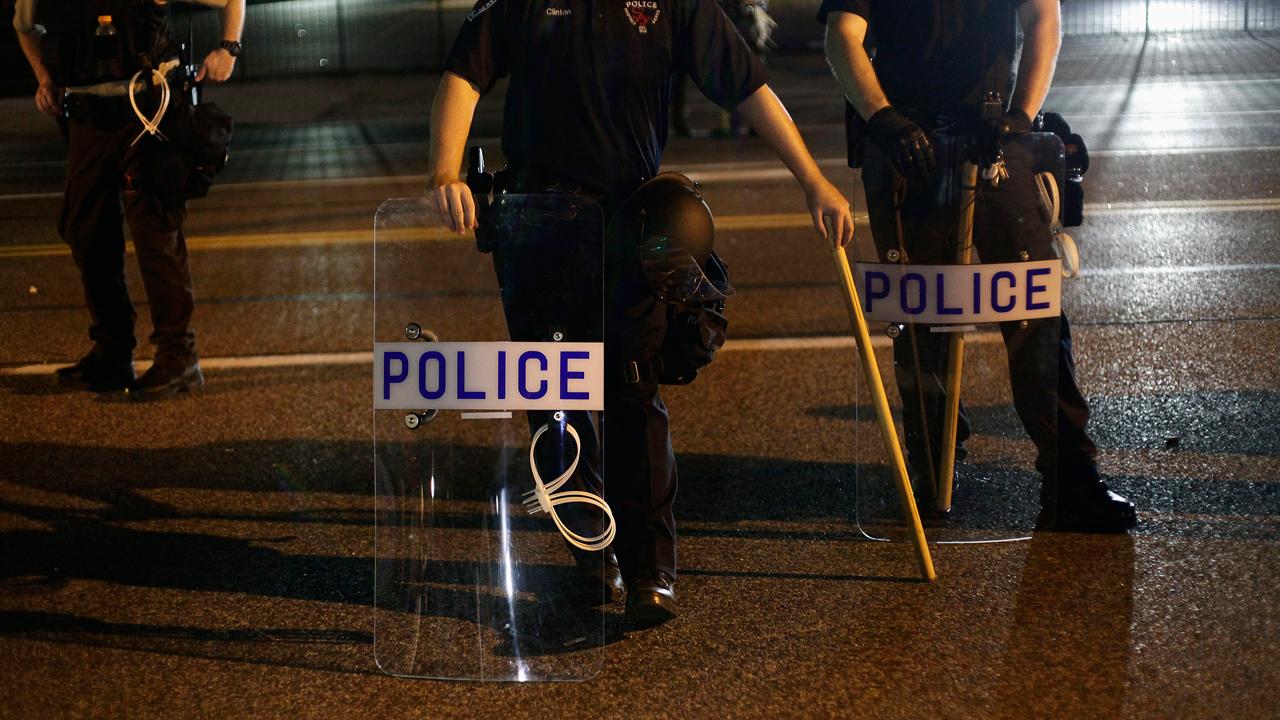Chicago’s Rise in Violence Hurting City’s Small Businesses
In 2016, Chicago had its deadliest year in decades. With 762 murders, families were upended and communities devastated.
Continue Reading Below
Besides a tragic human toll, a far less traumatizing, but still damaging, byproduct of the violence is the erosion of businesses in neighborhoods wracked by violence.
Stretches of boarded up shops line thoroughfares and once booming retail epicenters are shells of their glory days. Poverty, depopulation and political neglect have played a role in suppressed development.
But another part of the equation, especially in recent years, is violence.
“To what degree violence has played a part in areas struggling to attract growth is hard to say,” said Alden Loury, director of research with the Metropolitan Planning Council, a nonprofit and nonpartisan organization that promotes growth. “But it is not a stretch to say that violence played a factor.”
Continue Reading Below
Advertisement FBI, With Trump Support, May Aid Chicago With Shooting Epidemic Cloud hangs over Obama return to Chicago Chicago Mayor Emanuel unveils 3-part plan to curb bloody violence, pleads for support The violence ravaging Chicago’s west and south sides – the more affluent sections of the northside and along Lake Michigan have been largely untouched – is also hurting neighborhood business sectors. It continues to disrupt areas like Washington Park, where local soul food staple Ms. Lee’s Good Food is surrounded by shuttered storefronts. Lee Hogan, the owner and namesake of the restaurant, said she looks out the window at newly renovated building with a row of storefronts that never reopened. The convenience store next to her closed about six months ago. “There are very few businesses around here now,” Hogan said. “There are properties vacant all over the place.” Her customers are mostly from outside the neighborhood. They drive in and take their orders home. While Hogan says the young people have respected her space, there were four shootings within a five block radius of her store in the last five months. So when the “L” train was undergoing renovations and customers couldn’t park in front of her store, she felt a financial hit. “In a neighborhood like this, people don’t feel comfortable walking a block or so,” she said. The violence impacting local commerce in Chicago has forced small business owners to join forces to have a chance at survival. Rickey Sanders, treasurer of Austin’s African-American Business Networking association and owner of Rick’s Devine Catering, is a pastor who has held prayer circles on the streets and prefers to talk to loiterers rather than call the cops. When those techniques fail, he turns to fellow entrepreneurs for help. What’s causing the violence in Chicago? Brunell Donald-Kyei of the Trump Inaugural Diversity Coalition CMTE on the increasing violence in Chicago. “We see people hanging out, we say something. We ask them to leave. If they don’t, we all call the police,” he said, adding that 40 businesses flooding the police switchboard get results. “Those types of things have to happen. We can’t be afraid of them. What am I going to do? Leave my business?” Communities have been mobilizing to curb violence and revitalize their neighborhoods, with mixed results. One example of some success lies in Englewood, routinely named as one of Chicago’s most violent neighborhoods. Just last year, the neighborhood welcomed a Whole Foods, Chipotle and Starbucks into a retail plaza. The lure is a huge win for an area that was once a booming shopping mecca but has suffered a painful and drawn out economic decline punctuated with a startling population loss. West 63rd street and South Halstead, where the new plaza is located, was one of the largest retail areas outside of the loop, Chicago’s central business district. Other neighborhoods like Washington Park have long tried to revitalize but haven't had the success that Englewood seems to be having. Englewood’s economy has been helped by Kennedy-King College, which opened its doors in 2007. Leon Walker, managing partner of DL3 Realty, the development company that was a part of a group that brought in new businesses to Englewood, said the school has helped attract businesses. “We need a lot more,” Walker said of investment to filter across the entire area of Englewood enough to touch other communities. That includes building good schools and giving people a reason to settle in the neighborhood. “This one [development] is not a panacea, it’s a start, a movement to revitalize that community.” As much hope as the new businesses infuse into the community, challenges remain. About two months before Whole Foods’ opening, there were four gunshot victims – two of whom died – within a few blocks of the store. “There were certainly question marks [from Whole Foods] about the amount of violence that occurs in Englewood,” said Perry Gunn, executive director of Teamwork Englewood, a local group devoted to revitalizing the community.” They were willing to take a risk because of the overall needs.” Still, the arrival has created something of a ripple effect. The neighborhood of Pullman, for example, is now the site of a Whole Foods Distribution center. New businesses are looking to set up shop in Englewood, Gunn said. Whole Foods has already started partnering with the community, helping to create $40,000 in grants for small business owners looking to set up shop in the community. “You bring something like Whole Foods and people start to feel like there’s some hope,” Gunn said. “Then you start to see a change in the attitude that there’s a possibility to do something different.”



















